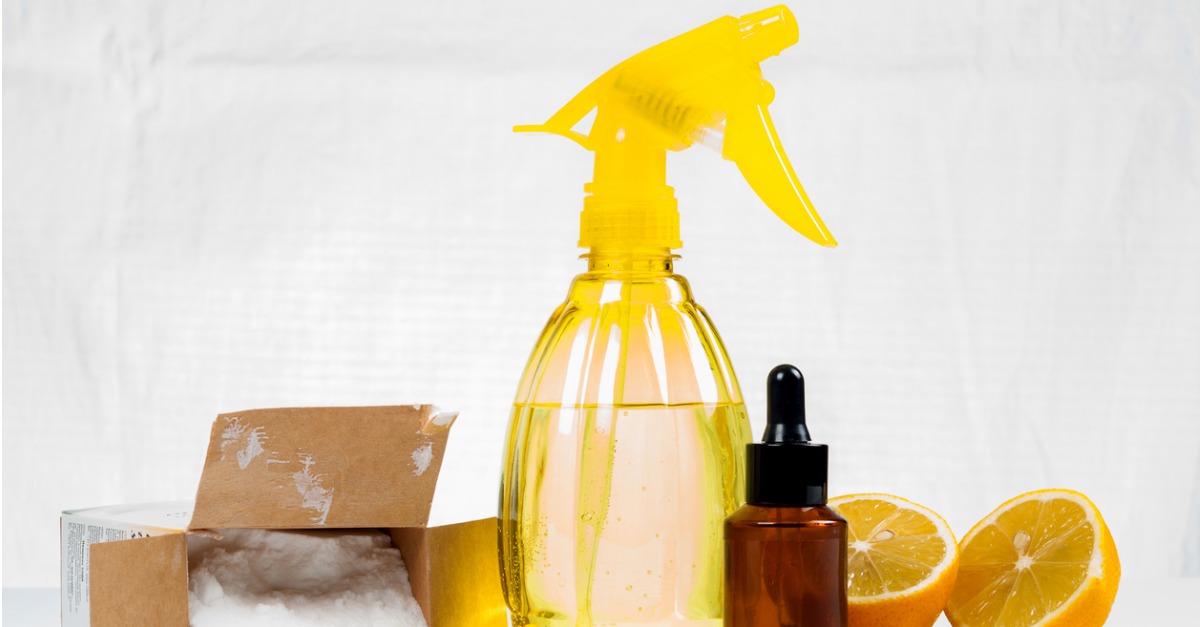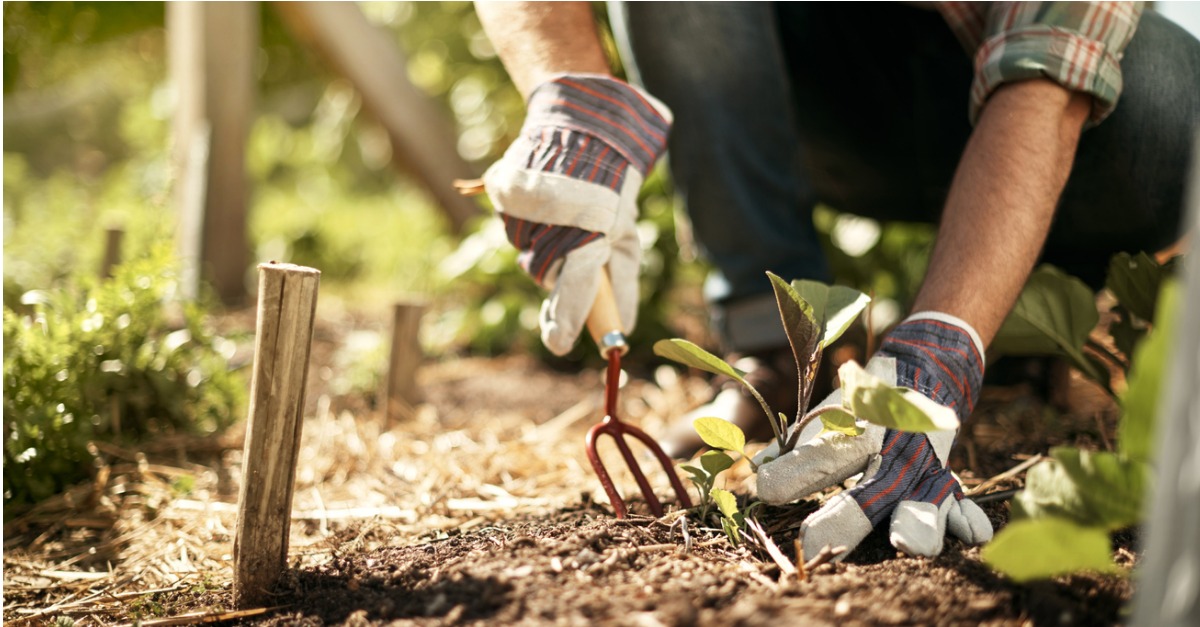A garage is an excellent place for storage, but things are often put there and forgotten. This can result in a disorganized mess that makes it difficult to find room for vehicles and other important items. If your garage could use some organization, you need a strategy.
Get Help and Make a Plan
First, realize that organizing a garage is a task that will take a lot of time and effort. Set aside at least two consecutive days and find people to help you. Dividing the work among several people and multiple days will make it more manageable and less stressful, which means you will be more likely to get it done.
When organizing your garage, you need a plan. You can work out the details and make changes along the way, but having a general idea of what should go where and which items you can get rid of will help you avoid feeling frustrated and overwhelmed.
Look around and take stock of what is in the garage. Make a list of categories that you can use to organize items. You will want separate areas for tools, car care equipment, paint, seasonal items, sports equipment and other belongings. If any items can be safely and conveniently stored inside the house, that will make it easier to organize the rest of your possessions in the garage.
Decide where to put each category of items based on how often you use them. Frequently used tools should be stored in a toolbox or hung on a wall. Lawn and garden equipment should be easily accessible. Seasonal items can be put in an out-of-the-way place where you can still get to them without too much trouble.
If the garage does not have shelves or cabinets, installing some can make organizing much easier. You can purchase shelves and cabinets at a home improvement store and install them yourself or assign the job to one of your helpers.
In the process of organizing the garage, you will likely come across things that are broken or that you no longer use. Either throw them out or donate them. If you have a lot of trash, consider renting a dumpster. Designate an area for items to donate.
Make Sure Everyone Is on the Same Page
Communication is vital when working with a team on a large project such as organizing a garage. Before you get started, discuss the plan. Listen to others’ suggestions, make any changes you consider reasonable, then settle on a final plan and be sure that everyone understands it. Making signs to indicate where various types of items should go can help the group avoid confusion, arguments and wasted time.
Get Started
Looking at a messy garage every day can be frustrating and overwhelming. The problem won’t take care of itself, so the best thing is to come up with a plan and tackle it head-on. Get some friends or family members to help you make the process more manageable.








